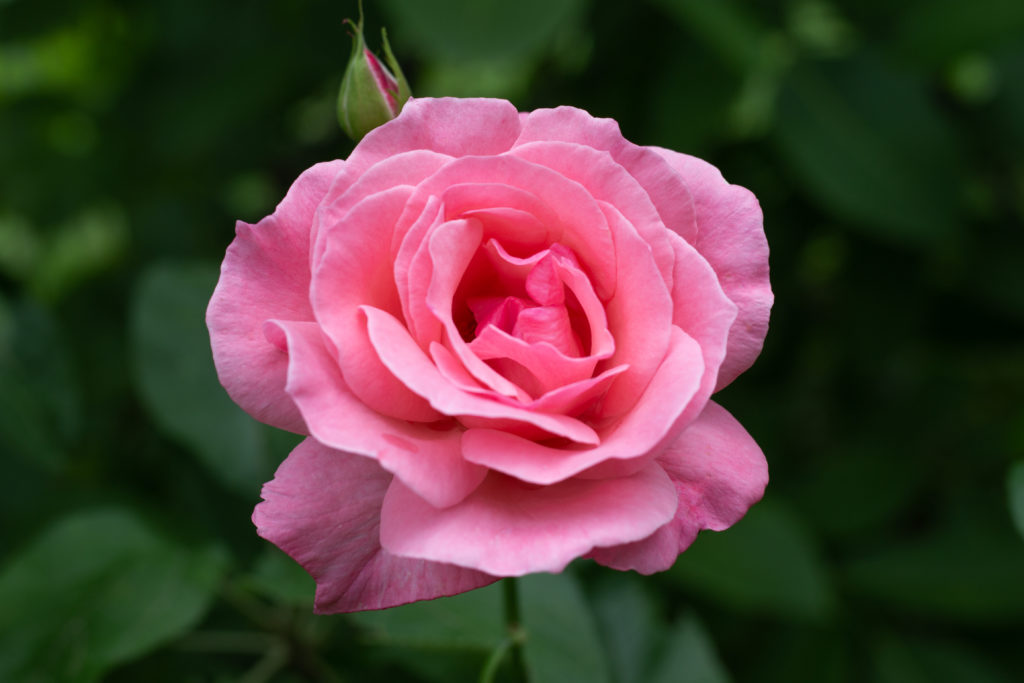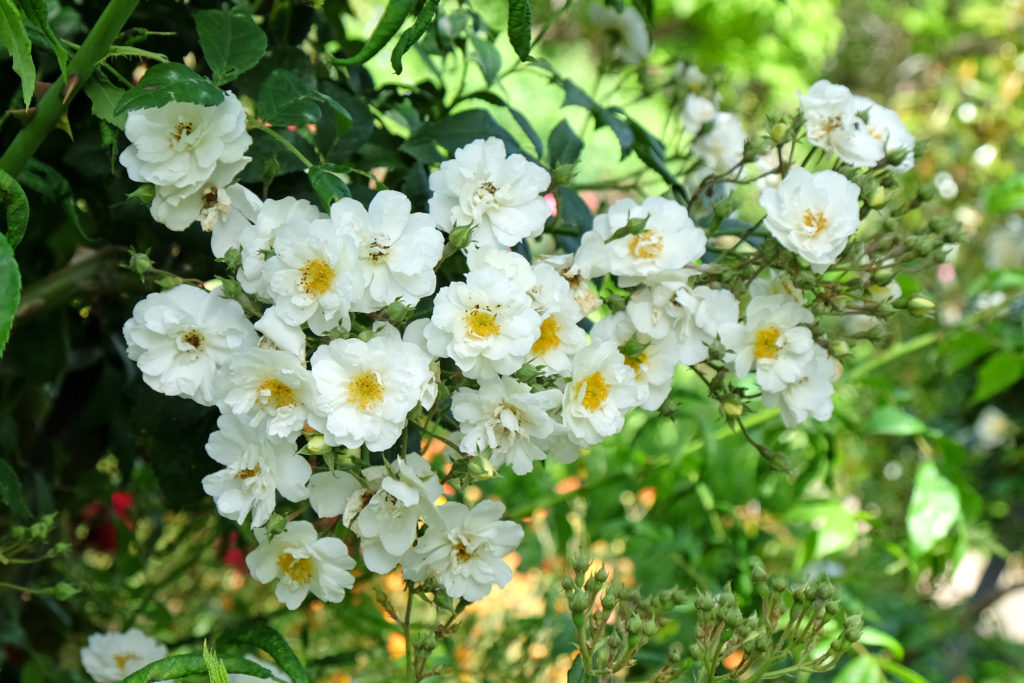Bare root roses are dormant rose plants that are sold without soil around their roots. Unlike potted roses, they are dug up from the ground during their natural dormancy period in late autumn and early winter before being stored and shipped to gardeners. Bare root roses offer several advantages, including a wider variety of choices, lower cost, and the ability to establish quickly once planted. Because they are planted during the cooler months, they have time to develop strong roots before the growing season begins, resulting in healthier, more vigorous plants.
These roses are particularly popular among gardeners looking to plant hedging roses, large rose beds, or unique varieties that may not be readily available in garden centres. When properly handled and planted, bare root roses can thrive just as well—if not better—than their container-grown counterparts.

Common Types of Bare Root Roses
Bare root roses are available in a wide range of types, including hybrid teas, floribundas, shrub roses, climbing roses, rambling roses, and English roses. Some of the most popular and commonly purchased varieties include:
- ‘Queen Elizabeth’ – A tall, pink floribunda rose that produces an abundance of blooms throughout the season. It is a great choice for hedging or mixed borders.
- ‘Gertrude Jekyll’ – A classic English rose with deep pink, strongly fragrant blooms that can be grown as a shrub or trained as a climber.
- ‘Peace’ – A famous hybrid tea rose with large, yellow and pink flowers that have a strong fragrance and excellent disease resistance.
- ‘Rosa Rugosa’ – A tough and hardy shrub rose that is perfect for informal hedges and wildlife-friendly gardens. It produces large, colourful hips in autumn.
- ‘Paul’s Himalayan Musk’ – A vigorous rambling rose with cascading pale pink flowers, ideal for growing through trees or over pergolas.
- ‘The Generous Gardener’ – A soft pink English rose that can be grown as a climber or large shrub, with a strong myrrh scent and excellent disease resistance.
Caring for Bare Root Roses
Bare root roses require careful handling and proper planting to ensure they establish successfully. When they arrive, it is important to plant them as soon as possible. If immediate planting is not possible, the roots should be kept moist by wrapping them in damp newspaper and storing them in a cool, dark place. If planting is delayed for more than a few days, they can be temporarily “heeled in” by covering their roots with loose soil in a sheltered part of the garden until they are ready for permanent planting.
Before planting, the roots should be soaked in a bucket of water for a few hours to rehydrate them. The planting hole should be wide and deep enough to accommodate the spread of the roots without bending or crowding them. The soil should be enriched with organic matter such as compost or well-rotted manure to provide essential nutrients. Positioning the rose correctly is crucial— the graft union (the swollen area where the rose is grafted onto the rootstock) should sit just above soil level in mild climates and slightly below soil level in colder areas to protect it from frost.
Once planted, the soil should be gently firmed around the roots, and the rose should be watered thoroughly. Applying a layer of mulch around the base helps retain moisture and suppress weeds. During the first year, regular watering is essential to ensure the roots establish well, particularly during dry spells. Feeding should begin in early spring with a balanced rose fertiliser to promote strong growth and abundant flowering.
Pruning bare root roses depends on the type of rose being planted. Shrub roses and English roses benefit from light pruning to shape them and remove any weak or damaged stems. Hybrid tea and floribunda roses should be pruned back by about one-third to encourage bushy growth. Climbing and rambling roses should be pruned to remove any dead or damaged stems, with the main canes tied into their support structures.
Ways to Use Bare Root Roses in the Garden
Bare root roses provide gardeners with an affordable and efficient way to establish new rose plantings. They are particularly useful when planting in large numbers, making them ideal for creating rose hedges. Shrub varieties such as ‘Rosa Rugosa’ and ‘Hansa’ are perfect for informal hedging, providing both seasonal flowers and attractive autumn hips that are beneficial for wildlife. More formal hedges can be created using repeat-flowering varieties such as ‘Queen Elizabeth’ or ‘Winchester Cathedral’ for a classic, structured look.
For gardeners looking to establish rose borders, bare root roses offer the flexibility to plan and arrange plants before they start growing. This allows for careful placement of different colours and heights to create stunning layered displays. A mix of English roses such as ‘Boscobel’ and ‘Graham Thomas’ combined with perennials like lavender, catmint, and salvia creates a beautiful cottage garden effect.
Bare root roses are also perfect for climbing and rambling rose displays. Planting them during the dormant season ensures they establish well before beginning their upward growth. Climbers such as ‘The Generous Gardener’ and ‘Zephirine Drouhin’ can be trained over trellises, archways, or pergolas, creating a stunning vertical feature. For a wilder, more natural look, ramblers such as ‘Paul’s Himalayan Musk’ can be planted at the base of trees, allowing them to weave through branches and create a spectacular summer display.
One of the most practical uses of bare root roses is for container planting. Many compact varieties, including ‘Munstead Wood’ and ‘Sweet Dream,’ thrive in pots, provided they are given a deep container with good drainage and regular feeding. Container-grown roses are ideal for patios, balconies, and small gardens, where they bring colour and fragrance to outdoor spaces.
Bare root roses also make an excellent choice for restoring old or neglected rose gardens. By planting them in well-prepared soil, gardeners can replace weak or diseased plants with vigorous new specimens, ensuring the longevity of a cherished rose display.
With their affordability, ease of planting, and ability to establish quickly, bare root roses are a fantastic choice for gardeners looking to introduce new roses into their landscapes. Whether used for hedging, mixed borders, climbing structures, or container planting, they offer a versatile and rewarding way to enjoy the beauty and fragrance of roses.


